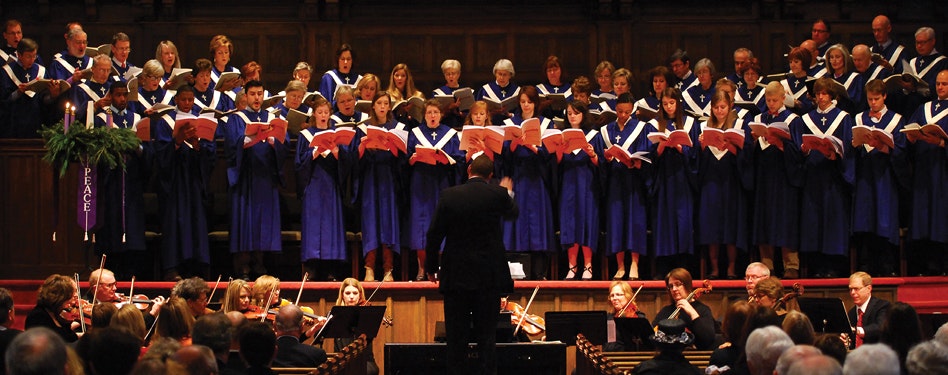The most famous musical setting for Christmas is Part I of Handel’s Messiah. I first sang in the chorus of this monumental oratorio in my freshman year at college, and I’ve been blessed to be part of performances since, including a number as a member of our Chancel Choir. (I’m happy this is a Messiah year.)
My most memorable performance of Messiah was at Carnegie Hall in New York City in November 2001. Multiple choirs were invited to join their voices to perform the entire baroque work in an arrangement for full romantic symphony, complete with three harps, two grand pianos, strings beyond number, fantastic soloists, and a chorus of hundreds from colleges, churches, and community choirs.
My daughter Megan, my husband Ed and I went to New York two months after the 9/11 attacks. The World Trade Center site was still smoking.
The night of the performance Ed had the best seat in the Hall, and Megan and I were on stage. After singing Part I, our group of singers moved to the Hall’s side balconies, and other singers took our places. At the end of Part II, we stood and sang the “Hallelujah” with the chorus on stage. At the end of Part III, we stood again to sing the “Amen”. Ed said the sound coming from all around the Hall was glorious. It was glorious for the singers, too.
This year on the second Sunday of Advent, December 11, the Chancel Choir will perform selections from the Christmas Part I of Messiah, but we will also sing the “Hallelujah” which ends the Passion Part II. Theologically, and musically, this makes sense. Not only do we get to end our service with this most majestic and beloved chorus, complete with baroque trumpet, but we also sing of the promise of the Nativity, that God’s son, the King of Kings, will take away the sins of the world.
LeAnne Thurmond Holcombe
About the Contributor
LeAnne Thurmond Holcombe serves as a deacon and has been a member of our Chancel Choir since 1982.

